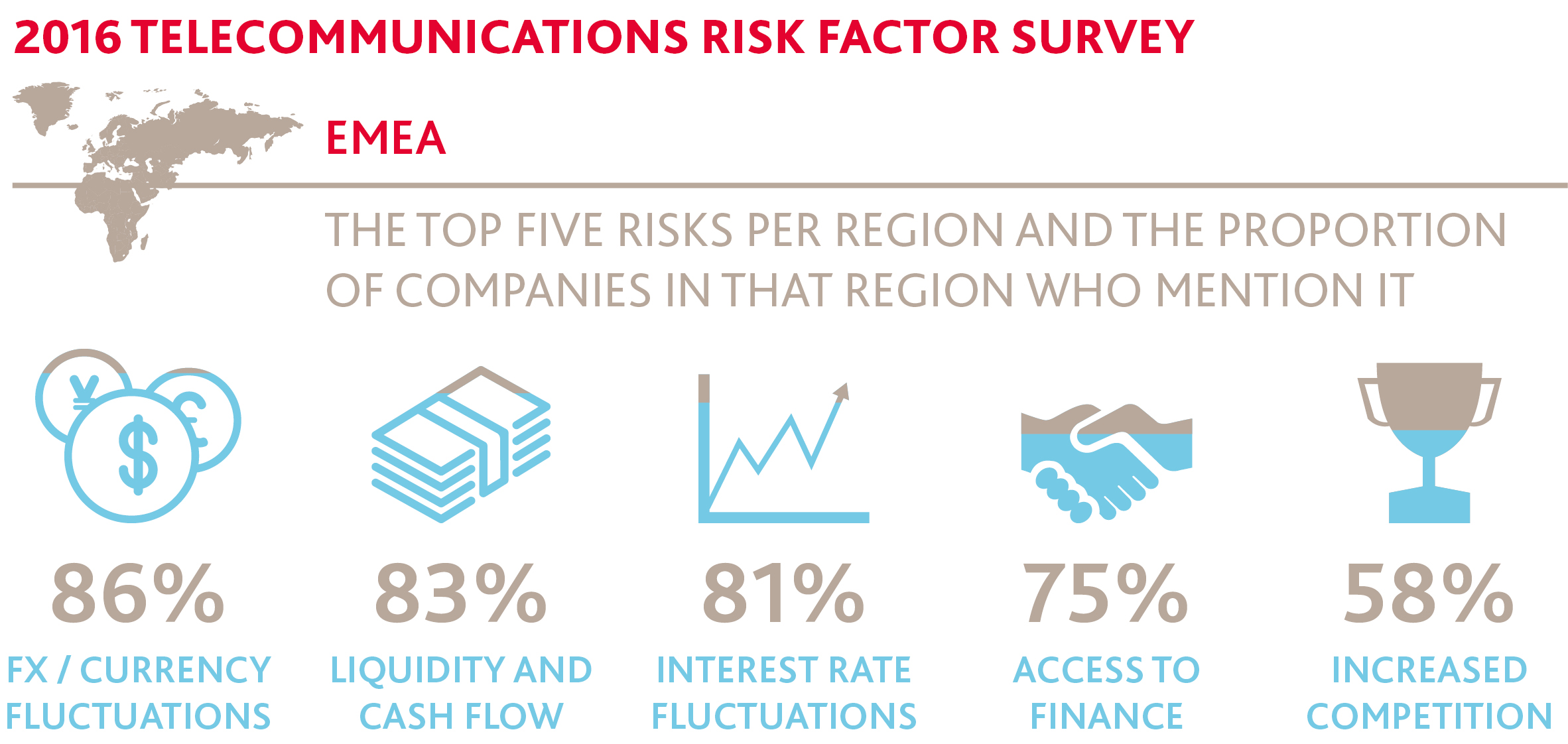The internet is buzzing with rumours on what to expect later this year from Apple’s next mobile phone (or phones), the iPhone 7. Rumoured new iPhone 7 innovations include everything from wireless charging to built-in Touch ID authentication and a DLSR-quality camera.
What is likely is that Apple will increase the on-board memory of its forthcoming handsets. With end-users creating and consuming more content than ever on their phones, 16GB of memory just isn’t enough these days, says Ted Woodbery, VP Marketing & Product Strategy at Synchronoss Technologies. Expect new iPhones with 32GB, 64GB or even 256GB of on-board memory.
But will even this increase in memory be sufficient to keep up with end-users’ insatiable storage needs for their mobile data? Perhaps not.
Earlier this year, device activation and cloud provider Synchronoss and analyst firm 451 Research called into question whether today’s 16GB smartphones are able to cope with the amount of content that users create and consume today. In the report, “Containing the content explosion: The case for cloud”, Synchronoss found that the volume of mobile content created or used by users – such as photos, video, apps, music and other media – is rising at a rate of more than six per cent month-on-month per subscriber.
In the ten months between April 2015 and January 2016, subscriber content grew by 55%. At this rate, a typical 16GB smartphone will be full in less than two months after purchase.
It is this content explosion that is creating a consumer need for safe and secure storage services. Surprisingly, almost half of smartphone users have no off-device storage in place at all, despite the wide variety of personal storage services and hardware on offer.
OEMs like Apple are already seizing this opportunity – firstly with increased handset and hardware storage accessories (like memory cards), and also with cloud services like iCloud and Google Drive. Apple, for example, is notorious for pointing low storage customers in the direction of its iCloud service. OEMs use these offers to keep subscribers close to their brand and locked into their own ecosystems.
But there’s another group that’s arguably in a better position to address consumers’ content storage needs – telecom operators.
Subscriber loyalty to operators is being tested by the increasing shift from pay monthly contracts to rolling SIM-only deals. Consumers want greater flexibility than operators have traditionally offered as they chase the best value for money and also the best quality of service. However, it’s operators that are ideally-placed to deliver additional services – such as storage – to customers through their current bundles.
Operators can offer personal cloud storage services, like O2 UK’s ‘Store & Share’ service, to sync, move and access content between subscribers’ connected devices, including their smartphone, laptop, tablet – and in the future, their TV and their car – even if they lose or change their device.
The flexibility and scalability of cloud helps operators to meet their customers’ needs, whilst also keeping them engaged with the operator’s services and its brand. Locking subscribers into their ecosystem by helping them manage their spiralling volumes of data could be much more effective, than established incentives, such as data bolt-ons or personalised vouchers, as loyalty to operators starts to waver.
Cloud services can also be a viable revenue generator for operators in their own right. In particular, they offer operators the opportunity to build meaningful brand partnerships and expand their ecosystem of services through third parties working with open APIs and SDKs.
And the benefits of cloud for operators extend beyond direct monetisation: there are significant productivity and profitability upsides. For example, through reducing time spent in-store on content transfer, operators can free up retail staff to provide customers with a slicker in-store experience.
The author of this blog is Ted Woodbery, VP marketing & product strategy at Synchronoss Technologies.

Comment on this article below or via Twitter: @ VanillaPlus OR @jcvplus






